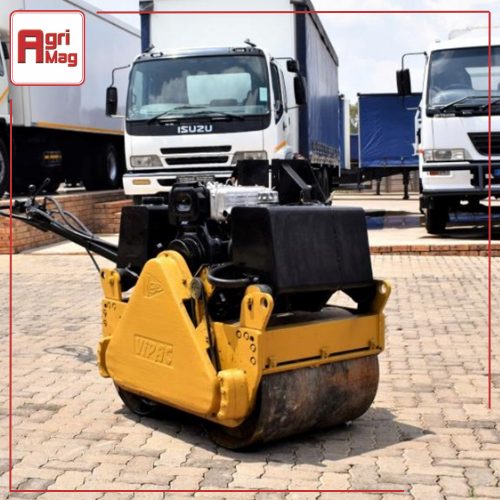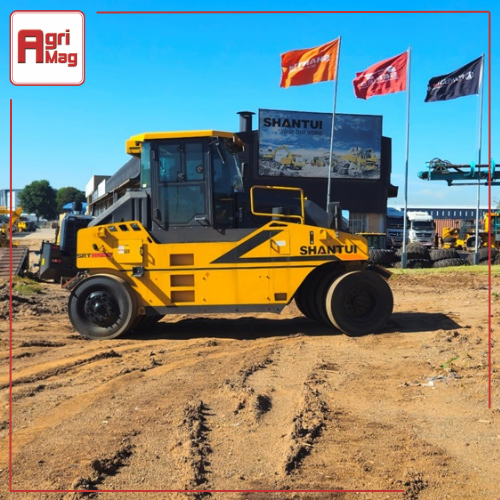
Key Components of Rollers: Essential for Agriculture
Date: 26/05/2023
What makes agricultural rollers so effective in preparing and maintaining fields? They play a vital role in agriculture, particularly in South Africa, where diverse landscapes and varying soil conditions demand robust and efficient farming equipment. Understanding the key components of rollers can help farmers make informed decisions about the tools they use, ensuring better crop yields and field management. Let’s explore the essential parts that make up these indispensable machines with insights from AgriMag.
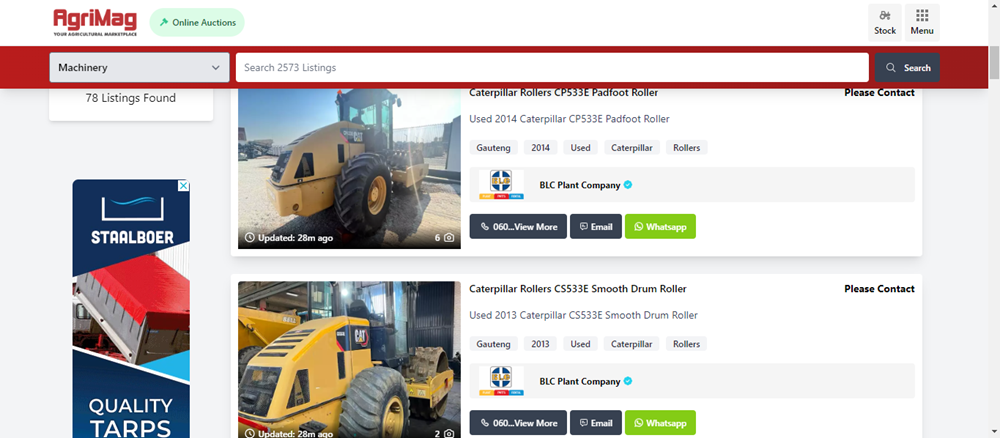
The Key Components of Rollers
The Frame
This is the backbone of any roller. Made from high-strength steel, it provides the necessary support and stability for the entire structure. The frame must withstand substantial pressure and rough terrain, making durability a key feature. In our country, where fields can range from sandy soils to rocky grounds, having a robust frame ensures the roller performs efficiently across different conditions.
The Drum
It is perhaps the most critical component of a roller. It’s the part that comes into direct contact with the soil, flattening and compacting it to create an ideal seedbed. Drums can vary in size and weight, depending on the specific needs of the field. Heavier drums are suitable for compacting soil more deeply, which is essential for certain crops. In contrast, lighter drums might be used for less intense compaction.
There are different types of drums:
- Smooth Drum: Ideal for flattening soil and breaking down clods.
- Padded Drum: Features protrusions that help in compacting deeper layers of soil.
- Segmented Drum: Allows for better maneuverability and is often used in uneven terrains.
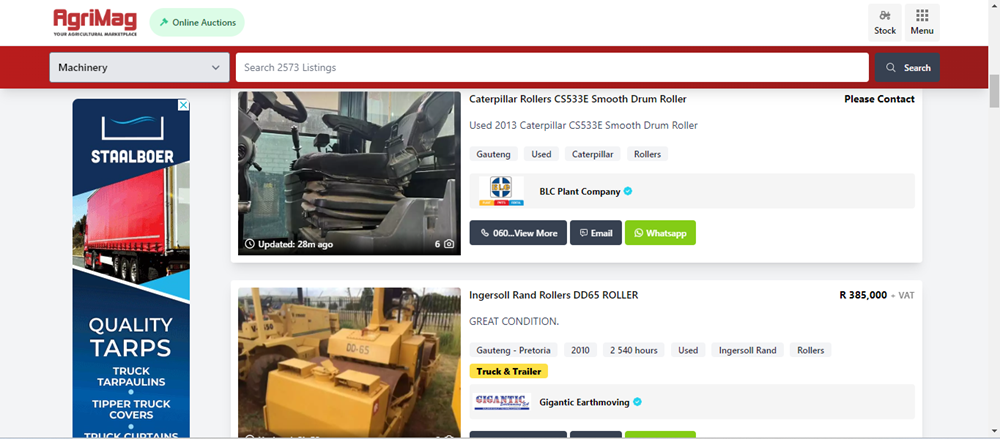
The Hitch
This is the connection point between the roller and the tractor. This component needs to be strong and reliable, as it bears the brunt of the force exerted by the roller during operation. In agriculture, where fields can be extensive and the terrain can vary significantly, a durable hitch is crucial for maintaining a consistent performance.
Bearings
They play a pivotal role in ensuring the smooth operation of the drum. They reduce friction and allow the drum to rotate freely, which is essential for efficient soil compaction. High-quality bearings are particularly important in the harsh agricultural environments, where dust and debris can quickly wear down inferior components.
Scrapers
They are attached to the roller to prevent soil and debris from sticking to the drum. This is particularly important in wet conditions, where soil can become sticky and affect the roller's performance. By keeping the drum clean, scrapers ensure that the roller maintains its effectiveness throughout its operation.
Weighting Mechanisms
Some rollers come with adjustable weighting mechanisms, allowing farmers to add or remove weight based on the specific needs of their fields. This flexibility is particularly useful in agriculture, where soil conditions can vary widely even within a single farm. Adjusting the weight helps in achieving the desired level of soil compaction without overburdening the roller.
Hydraulic Systems
Modern rollers often incorporate hydraulic systems to enhance their functionality. Hydraulics can be used to adjust the pressure applied by the drum, control the height of the roller, and even assist in transportation. Efficiency and versatility are key to successful farming, hydraulic systems provide farmers with the ability to fine-tune their equipment for optimal performance.
Additional Features
Depending on the specific model and brand, rollers can come with various additional features designed to improve their efficiency and ease of use. These might include:
- Integrated Seeders: Some rollers combine soil compaction with seeding, allowing for a more streamlined planting process.
- GPS Technology: Advanced rollers can be equipped with GPS for precision farming, ensuring even coverage and efficient field management.
- Weather-Resistant Coatings: To extend the lifespan of the roller, some models come with special coatings that protect against rust and corrosion, which is particularly beneficial in the diverse climates.
Understanding the key components of rollers is essential for making informed decisions about agricultural equipment. From the sturdy frame to the versatile drum and the reliable hitch, each part plays a crucial role in ensuring the roller performs effectively in the varied landscapes. By choosing the right components and features, farmers can enhance their field preparation and ultimately achieve better crop yields. For more insights and advice on agricultural equipment, visit AgriMag and make the most of your farming endeavors.
Categories:
Common category
Category Search:
Latest articles:
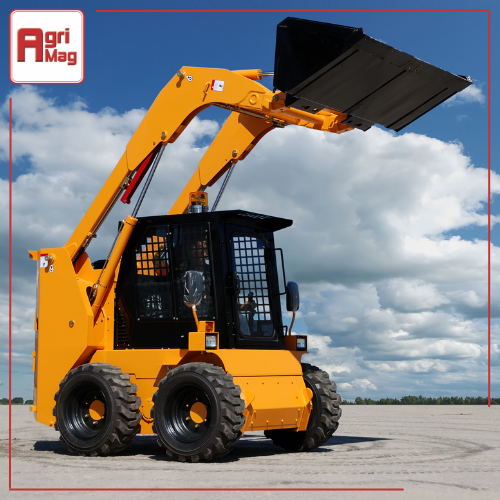
What to Look for When Buying a Skidsteer Loader for Farming

Why Planning Early for the Planting Season Pays Off

Why Winter Feed Management is Crucial for Livestock Health

